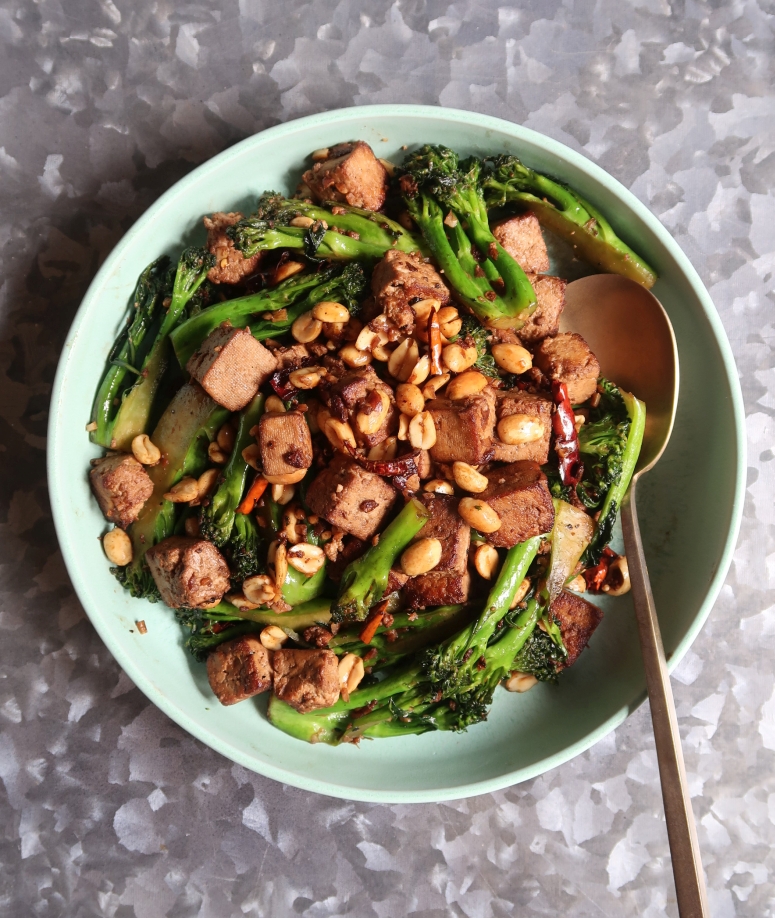
Someone recently asked about how I go about researching and developing recipes. It all depends on the purpose -- a magazine or newspaper article, Viet World Kitchen, or a book. My new book project centers on vegetables(!) and on many days, I go down deep into a rabbit hole to do research and experiment.
I've perused books by Asian authors, both old school and new school like Meera Sodha, who's written a wonderful modern pan-Asian cookbook titled East. I'm also stealing time to browse Hsiao-shing Chou's Vegetarian Chinese Soul Food. I also read books written in Vietnamese and checked online to inform what and how I develop the recipe collection and the book in general. How may I help people in the kitchen?
People who read my books and use my recipes are not all Asian or Vietnamese. They're culinarily inquisitive people with a diversity of backgrounds. Given that, I'm also interested in what non-Asian authors publish. Among the writers on vegetarian and whole foods, Heidi Swanson is one of the most skilled. We've known each other for years, and though I don't follow a strict vegetarian diet, I admire and appreciate Heidi's sensible and stylish approach. Her food is consistently good and her recipes are welcoming and well written. She loves hippie markets as much as a bit of joyful sparkle.
Naturally Super Simple
A best-selling author, gifted photographer, and beloved blogger, Heidi has produced a number of splendid cookbooks. Super Natural Simple is her latest. The subtitle speaks volumes about what many people seek nowadays: Whole-Food, Vegetarian Recipes for Real Life. It's a book for everyone, and as she notes in the introduction, it aims "to make you want to walk into your kitchen and cook healthful, wholesome meals."
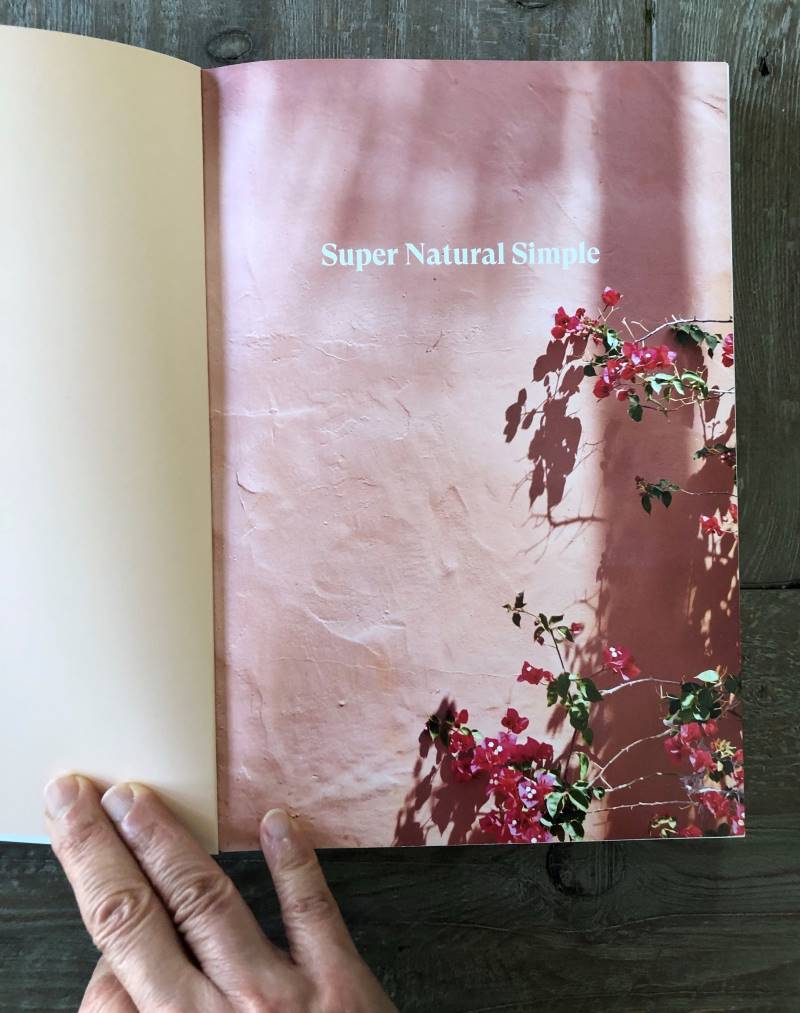
That may sound like fluff but Heidi also knows her stuff about "Blue Zone" communities, longevity pockets in which people mostly eat a 90 to 100 percent plant-based diet. We all want to live better, longer lives. (Negotiating perimenopause is teaching me a lesson about tweaking my diet to involve more plants!) With all the busyness and stresses these days, we welcome moments of calm and ease. Transforming ingredients into nourishing meals is one way to achieve that.
Many cookbooks nowadays offer global ideas, and Super Natural Simple tucks those ideas into effortless recipes that are flavorful and satisfying without weighing you down. There are impressions of flavors from all over the world seamlessly woven into the dishes. Heidi lives in coastal Southern California, where a diverse population resides side-by-side enjoying the Golden State's sunny splendors. That's her sense of place, but she doesn't take things for granted. For example, the Som Tum Noodles recipe explains the Thai inspiration and terminology.
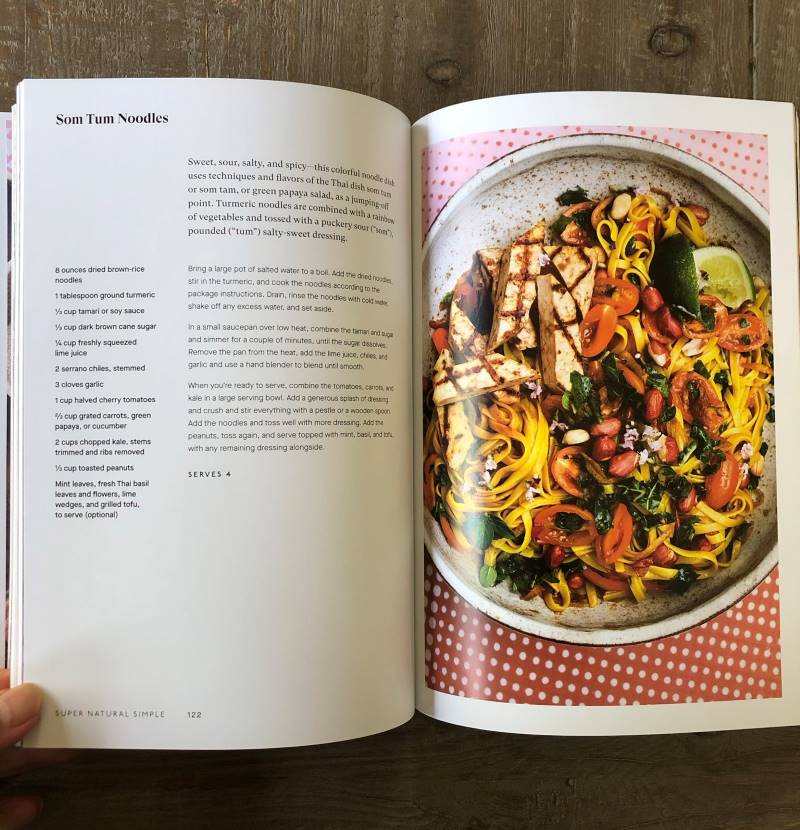
Heidi's feisty tofu, broccoli, chile and nuts piqued my curiosity. It had elements of Chinese cooking but wasn't a recognizable classic. That said, it appealed. I trust Heidi and wanted to experience the recipe's synergy.
Helpful Healthful Tips
A good recipe makes you think and offers plenty of takeaways. Involving few ingredients, this one has you marinate tofu cubes in diluted soy sauce (or tamari) then quickly sear them in hot oil. I've done that kind of marinating with slabs of tofu destined to be grilled but the ¾-inch cubes meant that more surface area could be exposed to the soy sauce and develop flavor fast. I typically panfry tofu for flavor and to make it sturdy for stir-frying, so I wasn't sure about tossing the marinated cubes around the wok. But I was game to try.
The recipe uses 12 ounces of tofu, so when you prep, quarter a 1-pound block, then cut three of the blocks into cubes. Select tofu that's on the firm side of extra firm if you want the tofu to stay perfect cubes. I used Whole Foods brand and it was fine, but if you go with Wildwood, Trader Joe's or shop at a Korean market, you'll find that the extra-firm is extra, extra firm. (Korean-style tofu tends to be firmer than other styles.)
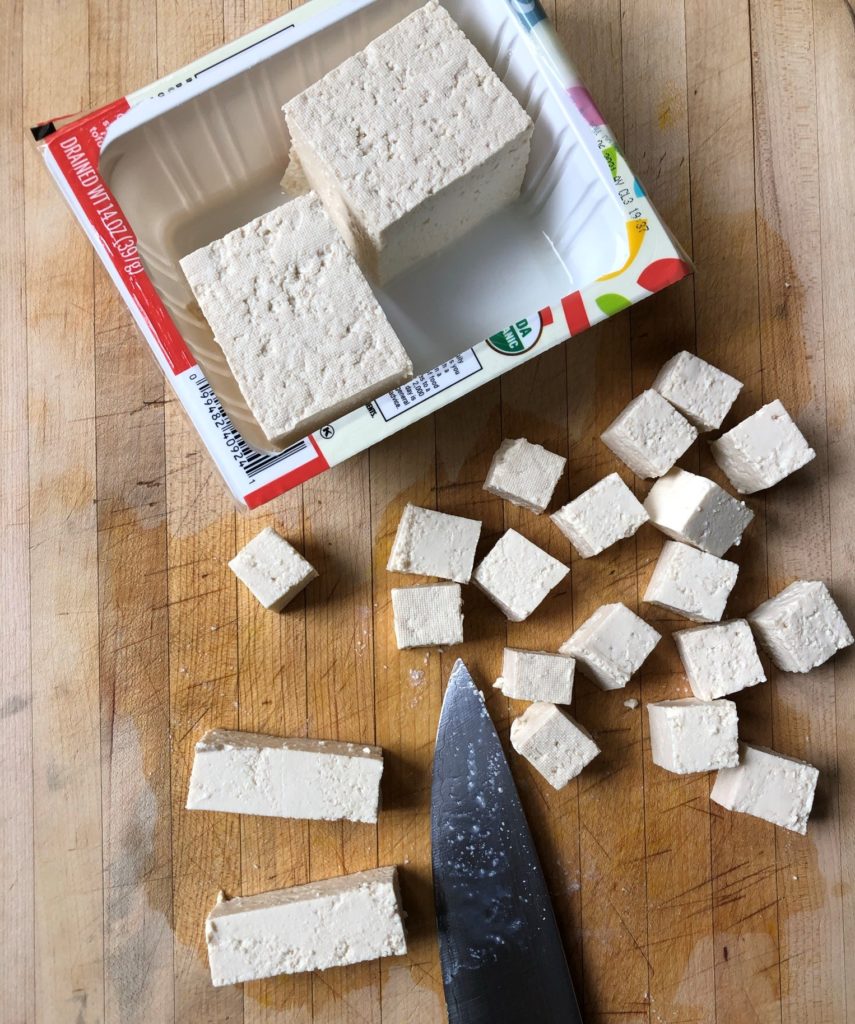
To make sure the tofu got well seasoned, I swirled and turned the cubes once while they sat for about 30 minutes.
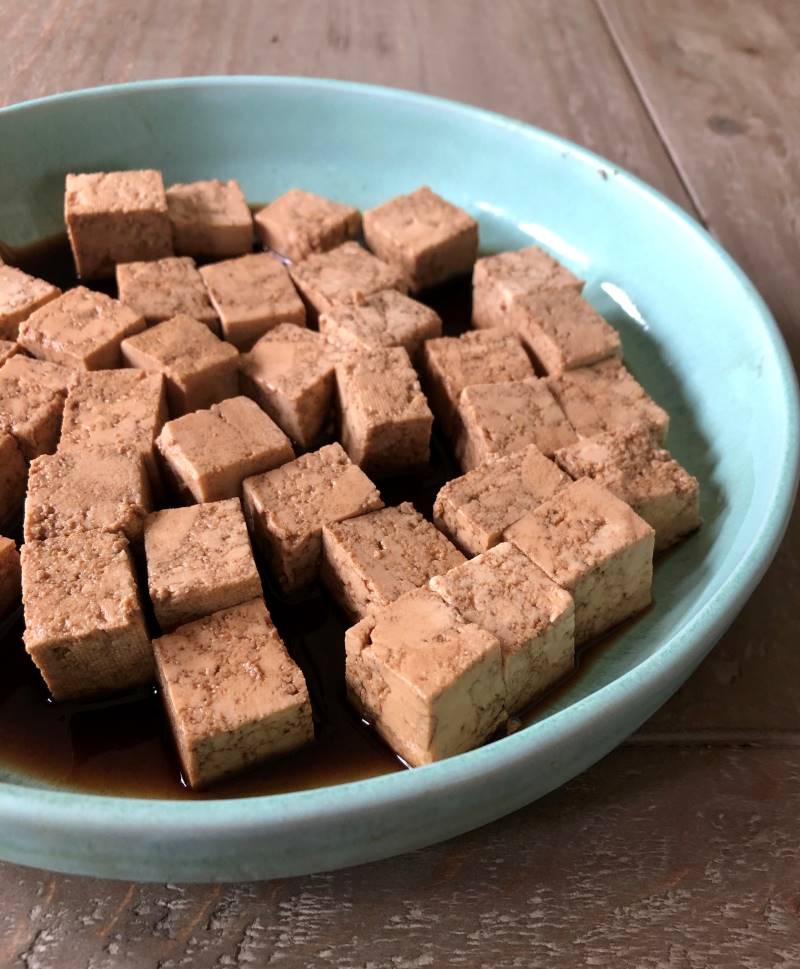
I've seen healthy recipes that espouse the power of aromatics but they fail to use enough. In Heidi's recipe, a healthy amount of garlic, ginger and dried chiles make the dish "fiesty." It's not fiery such that it'll burn you, but it has enough punch to stoke your inner flames. (I used homegrown Thai chiles that were sitting in my cupboard, which is why they're of odd sizes.)
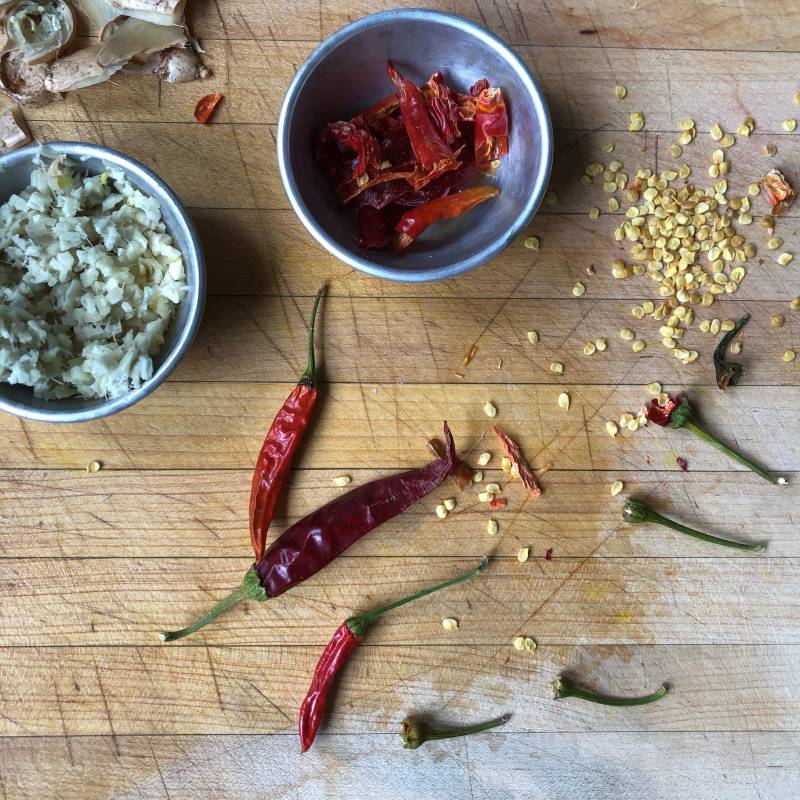
The recipe calls for broccoli, a nutritional powerhouse, but since the dish tilted toward Asia, I used brocollini, which was bred by crossing broccoli and gai lan (Chinese broccoli). Broccolini has longer stems and more chew, which I thought would be good contrast to the tofu and peanuts.
Explore what your local markets and farmers's markets have to offer. And yes, try baby gailan from an Asian market too!
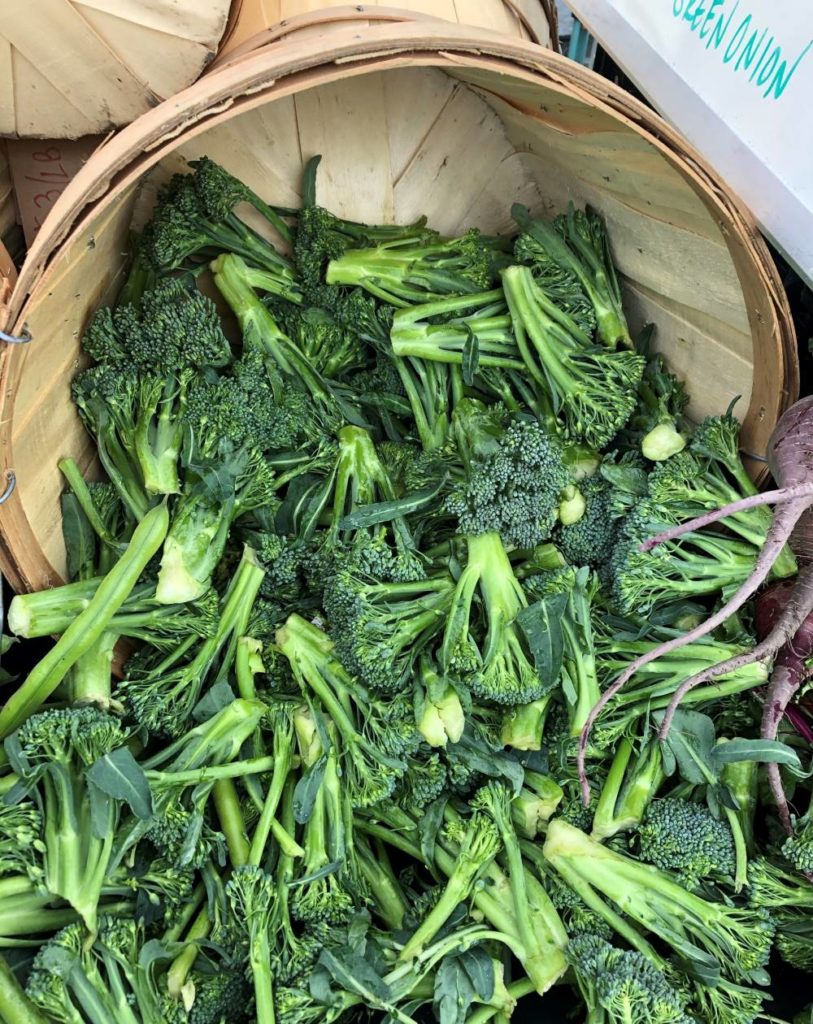
Fiesty Tofu, Broccoli, Chiles and Nuts Video
It all came together relatively fast, as you see in this video I took at my stove. The tofu held its own and though my wok got very hot (I was on the 21K burner of the Café range), nothing scorched. It took a total of 10 minutes to cook up. (If this video is not viewable, refresh your browser or try Chrome, Safari, or Edge.)
How was the taste? Very good, with lots of textures and flavor pops. There were spicy, peanut-ty impressions of kung pao made with tofu but this is a different dish. A good dish in its own right, we really enjoyed it for an easy dinner. Heidi's recipe serves four but my husband and I ate it all up as a party of two.
Achievable, delicious, healthy-ish recipes are what we want these days. Those are the tenets of my new book but I'll push you a little, too. Setting a few goals in the kitchen translates to lifelong learning. Meantime, make Heidi's fiesty tofu sooner than later. I'll look for other ideas to keep you going. Promise.
Fiesty Tofu with Broccoli, Chile and Nuts
Ingredients
- 3 tablespoons tamari or soy sauce
- 2 tablespoons water
- 12 ounces extra-firm tofu, cut into ¾-cubes
- 1 tablespoon pure maple syrup
- 1 teaspoon toasted sesame oil
- 2 tablespoons extra-virgin olive oil
- 7 dried red chiles, stemmed, seeds shaken out, and sliced or broken into largish pieces
- 3 or 4 handfuls of broccoli florets
- 3 garlic cloves, chopped
- 1 tablespoon peeled and minced ginger
- ½ cup unsalted roasted cashews or peanuts
Instructions
- In a small bowl, combine 2 tablespoons of tamari with the water. Put the tofu in a dish large enough to hold it all as one layer. Pour the diluted tamari over the tofu, then swirl the dish to coat the cubes well. As needed, use your fingers to turn the cubes. (If you have extra, extra-firm tofu, go ahead and toss the tofu in the seasonings.) Let marinate for at least 10 minutes, or cover and refrigerate overnight, returning to room temperature before cooking.
- Meantime, combine the remaining 1 tablespoon tamari with the maple syrup and sesame oil in a small bowl. Pour off the marinade from the tofu and set near the stove with the remaining ingredients.
- Heat the olive oil in a large skillet or well-seasoned wok over medium-high heat. Add the chiles and cook for 20 to 30 seconds, until they’re fragrant and darkened slightly. Transfer to a plate, leaving the oil behind.
- Add the tofu to the pan and cook for 3 to 4 minutes, tossing and/or gently flipping, until the tofu is browned on 2 or 3 sides. Transfer the tofu to the plates with the chiles.
- Add the broccoli, garlic, ginger, and tamari-maple mixture. Stir to combine well, then cover and cook for 1 to 2 minutes, until the broccoli brightens (it’s ok to occasionally lift the lid to check and stir). Uncover, then add the nuts, stirring for about 30 seconds to get them toasty before adding the tofu and chile. Toss and stir for another minute or two to heat through and combine flavors. Serve immediately.













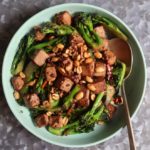



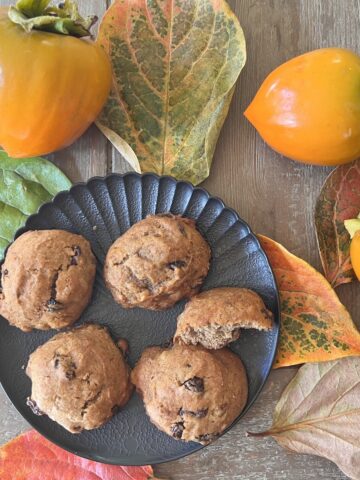
Ramya says
will be making this soon perfect for my after office meals will dm you if i make this and let you know how it goes Thanks Ramya